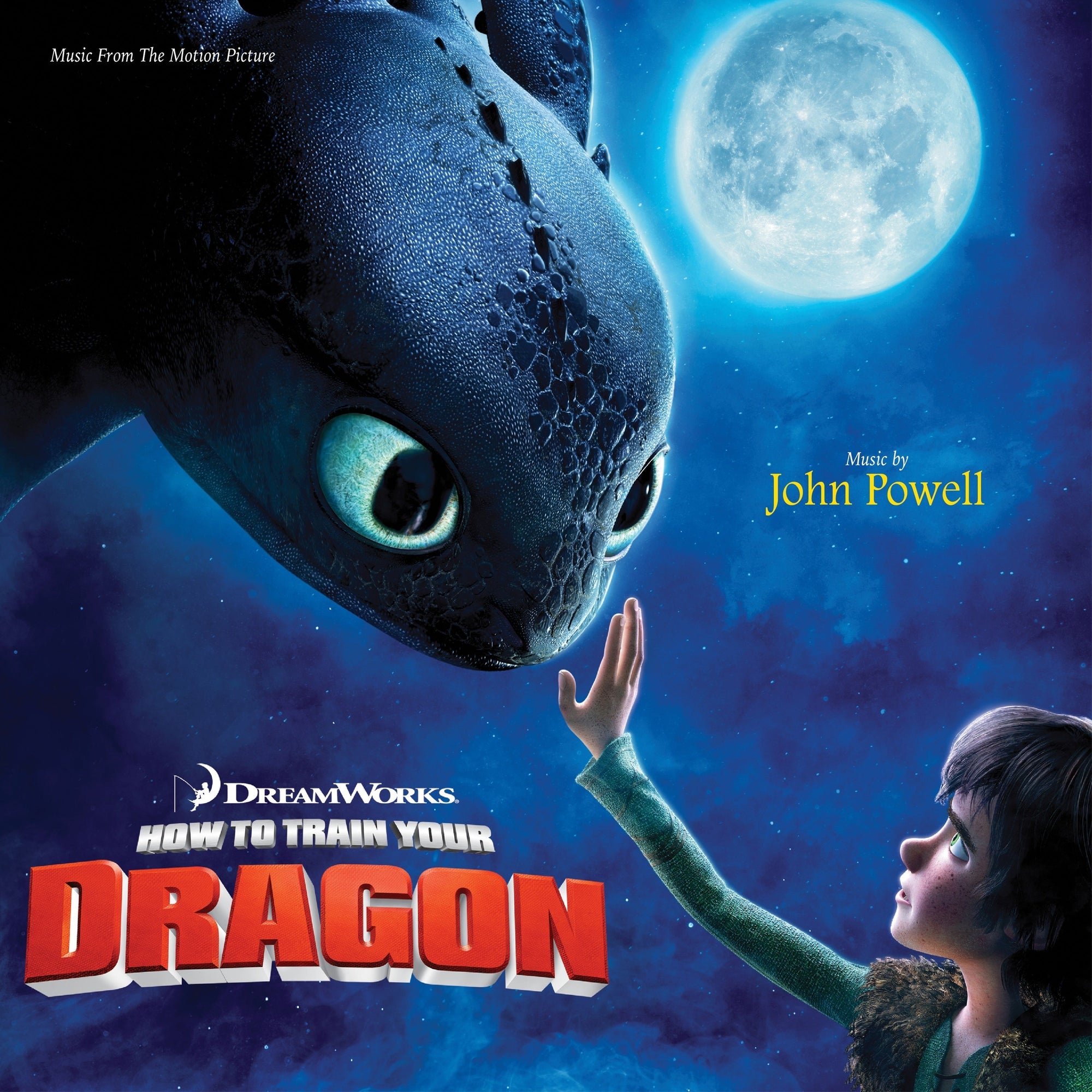
In the overall scheme of American music, Leo Kottke’s 1969 national debut album, 6- and 12- String Guitar, was both inevitable and a long time coming. By the time Kottke began dedicating himself to the guitar, in the early 1960s, the instrument had become dominant in folk, rock, and blues music, giving him the opportunity to hear musicians as diverse as finger-style blues guitarist Mississippi John Hurt and bluegrass pioneer Lester Flatt. At the same time, the acoustic guitarist John Fahey was synthesizing various roots music styles as the basis for a new and often improvisatory style which came to be called American Primitive Guitar.
Yet, with its driving, thumb-picked bass and rolling, rapid-fire arpeggios, there was no precedent for 6- and 12- String Guitar, and it captivated a generation that was otherwise listening to rock. Kottke’s single-minded devotion to the guitar yielded a jaw-dropping technique and an original repertoire that seemed to spring out of nowhere. Further, he often played twelve-string guitar, and sometimes with a slide. The twelve-string was familiar to blues fans through artists like Lead Belly, and even in popular music as a signature sound for The Byrds, but Kottke played it with a multi-layered complexity that had not been heard before.
After making a live album for a tiny Minneapolis label (aptly named Oblivion Records), he sent a demo tape to John Fahey, whose Takoma Records seemed a suitable home. He recorded the album in a single afternoon in Minneapolis. Over the next few years, it went on to sell over 500,000 copies. Fahey and his manager, Denny Bruce, quickly arranged for Kottke to be signed to Capitol Records, where he enjoyed considerable success, even reaching the pop charts, but 6- and 12- String Guitar was his defining moment, and it has influenced almost every acoustic solo guitarist since, notably Michael Hedges and Tommy Emmanuel.
Leo Kottke continues to record and tour in 2021. His most recent recordings have been duos with bass player and Phish founder Mike Gordon. As he told Guitar Player, “It’s all about appetite, I swear. People talk about things like study, talent, and influence, but none of that means anything if you don’t have the appetite. I’ve spent most of my time sitting in a room playing guitar, and I’m still doing that.”
RECOMMENDED READING
📰 Guitar Player
The preface of this 2021 Guitar Player interview makes it clear: “ The GP Hall of Famer’s impact is comparable to an unplugged Hendrix in that Kottke set the tone for the modern acoustic guitar hero.”
📰 Rolling Stone
In this extensive Rolling Stone article, Kottke reveals that he tours solo, piling his guitars into the back of a rental car and setting up his modest equipment himself.
📰 NPR
In this 2018 NPR piece and Mountain Stage concert, Kottke offers his take on the “guitar grimace:” "The reason people screw their face up when they're playing is because they're worried."
DEEP CUTS WE LOVE...
“The Driving Of The Year Nail”
The opening track of 6- and 12- String Guitar is a showpiece for Kottke’s precise, rapid-fire finger picking on the twelve string guitar. While there is a suggestion of the folk/blues playing of, say, Blind Willie McTell, the track announces Kottke’s arrival as a startling new voice with aplomb.
“Vaseline Machine Gun”
From its reharmonized “Taps” opening, “Vaseline Machine Gun” explodes into a slide guitar tour-de-force, this time on six string. It seems as if there are two guitar players on this track: one playing the intricate rhythm figure, and another playing the slide, but it’s all Kottke. Yet, it’s never about pure virtuosity, because it’s the feeling for the tune that keeps the listener involved.
“Jesu, Joy of Man’s Desiring”
Kottke slows the album’s pace on this gentle interpretation of the Bach composition—a seemingly effortless performance that conveys the fullness of a chamber ensemble. If he had decided to pursue only classical music and classical guitar technique, he surely would have succeeded.
DID YOU KNOW?
- With its iconic album cover, new fans would ask record store clerks for “the armadillo album.
- When his aggressive playing style led to tendonitis, Kottke was forced to modify his technique. He also eventually abandoned his steel finger picks (but not his thumb pick), preferring to play with his bare fingers.
- Mike Gordon introduced himself to Leo Kottke with a “care package’ that included a new recording of Mike’s overdubbed a bass part on Kottke’s “The Driving of the Year Nail,” from 6- and 12- String Guitar.
Words: Scott Billington






